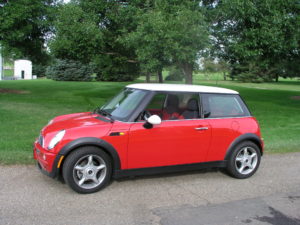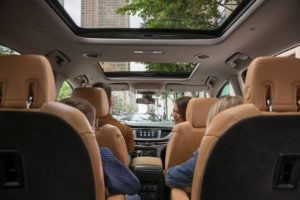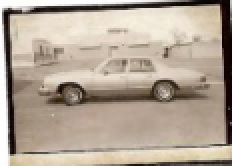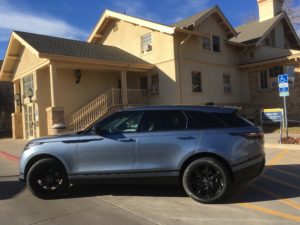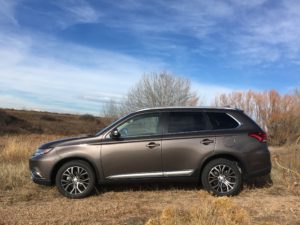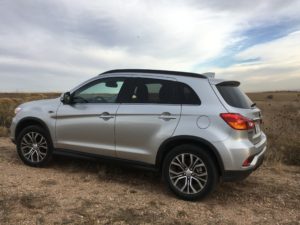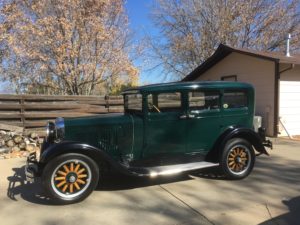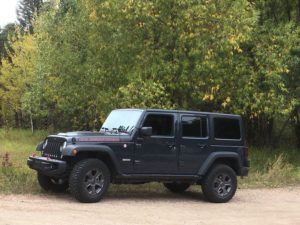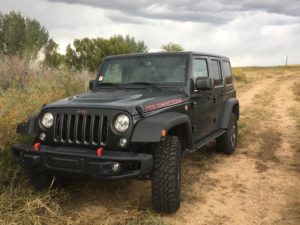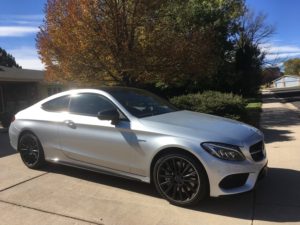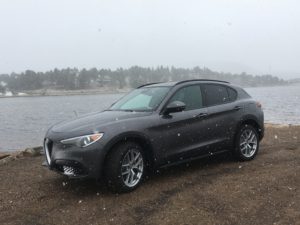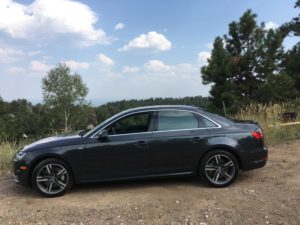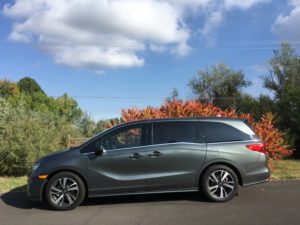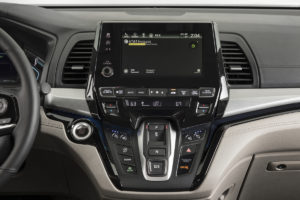
Brrr, it was cold during the last week of the year, yet we headed into 2018 with bright sunshine and daytime temperatures above the freezing mark.
As a native of this great state, I’ve always enjoyed our winters, even the cold and snowy conditions which are conducive to fair testing grounds for vehicles suited to these areas.
I’ll admit, though, the week was not fit for plug-in electrics, particularly one of very minimal electric range. All week, we experienced single-digit temperatures during the nights and most days did not get out of the teens.
The 2018 Mini Cooper S E Countryman All4, a fun car in maneuvering and one that boasts of all-wheel-drive capability, was less-efficient in the extreme cold than it might have been in 50-degree temp readings. Extreme cold weather drains more than normal energy from battery packs and reduces performance of electric motors.
This Countryman is a plug-in electric, with its front wheels powered by a 3-cylinder engine under the hood and its rear wheels by an electric motor housed under the cargo floor at the rear. A lithium-ion battery pack to supply the electric motor, is stored under the rear seat just ahead of the motor.
The plug-in port is on the front fender just ahead of the driver’s door; it is a circular scuttle with a large E on the lid, which opens to the charging connection. The other side of the car is balanced with a large E on the outside of a dummy (non-opening) scuttle.
Even after an overnight charge, the 7.6 kWh battery pack provides just an estimated 12 miles of electric-only range.
Overall fuel mileage for the week was barely over 26 miles per gallon. The Countryman’s EPA estimate is 27/28 mpg, and, with a charge of the battery pack, the average can soar far higher for relatively low miles. Through the past week, in the frigid temps, the only spurt of electric-boosted mileage occurred on an easy, Sunday morning crosstown drive to church and back, following a full recharge on Saturday night.
Low-end acceleration is impressive, coming from twin-power turbo installation with the 134-horsepower, 3-cylinder (162 lb.-ft. of torque) and 87 horsepower and 122 lb.-ft. torque from the electric drive. All this mated to a 6-speed Steptronic transmission. The Mini will kick out from 0 to 60 in around 6 seconds.
Drive modes of Sport, Midperformance and Green may be selected from a rotary dial tied to the shifter, which tightens steering and adds throttle response in Sport, while easing any hint of aggressiveness in Green. The gas/electric range can be altered by a choice of Auto eDrive, Max eDrive and Save Battery.
The Countryman, built on the same platform of the BMW X1, is 169.8 inches in overall length on a wheelbase of 105.1, and has only 17 cubic feet of cargo space behind the second-row seat, which is somewhat tight in legroom. Comfort and support is decent in the front seats, though ride quality can be a bit rough at times. It rides on Goodyear Eagle Sport 225/50R18 tires.
The Mini Cooper car company, purchased by BMW of Germany in 2000, is based in England, as it has been since its inception in the late 1950s. The Countryman, the largest and roomiest Mini ever built, is assembled in Born, Netherlands.
The review model carried a sticker price of $39,700, reflecting the electric setup, as well as the all-wheel-drive system. Among its many features are navigation, real-time traffic information, enhanced Bluetooth connectivity and voice-activation capability, rearview camera, heated front seats, head-up display and sport leather steering wheel.
A look back. . . .2002 Mini Cooper
This small Mini Cooper showed up in Denver in the summer of 2002. (Bud Wells photo/2002)A bit more than 15 years ago, in June 2002, I drove and reviewed my first Mini Cooper. Following are excerpts from the column in The Denver Post:
Look at the new Mini Cooper, and you’re apt to smile. It’s so small, yet so bright and perky-looking.
Walk around to the front of it, and the little car smiles right back at you. It has two oversized oval eyes for headlights and a wide grin for a grille.
It’s less than 12 feet long. That’s a foot and a half shorter than the Volkswagen New Beetle and 2 feet shorter than the Chrysler PT Cruiser. It’s even a foot shorter than the Mazda Miata.
It’s wheels, though, have been set out to the extreme corners of the structure, with little overhang left in front or rear. That aids the car’s handling and, particularly, its cornering, which is impressive.
The English product is being imported into the U.S. by German luxury-car builder BMW, which acquired the Rover Group in 1994.
Operating with a 5-speed manual transmission and a small 1.6-liter, 4-cylinder engine of 115 horsepower, the Mini got a severe test on a hot afternoon recently when four of us, Scott English, Tim Coy, Marywyn Germaine and I, drove it about the city with the air conditioning running. It moved very slowly away from the stoplights. Performance is regained under those circumstances by cutting power to the air. Its ride is on the rough side.
The Mini averaged 32.1 miles per gallon. Sticker price on the 2002 model was $18,460.
